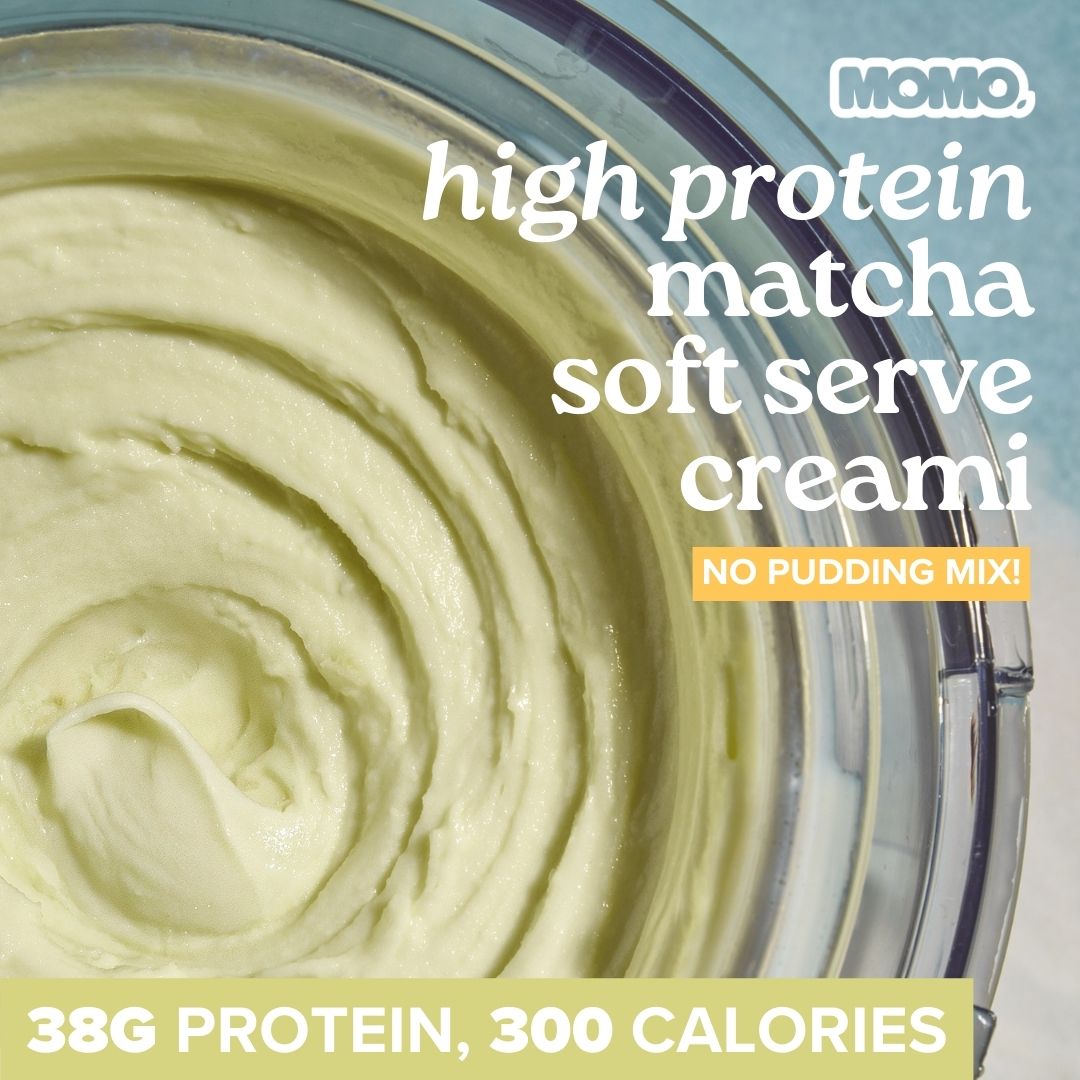
we could say rice is
packed with 10g of protein
Rice is packed with 10g of protein! ... if you eat 1,883 calories worth of it.
It's a silly example, but this is what advertising in the protein space is like.
Almonds are on nearly every “high protein” infograph, so what would it look like if I ate a diet of only almonds? I’d only get about half a day’s worth of protein (we recommend 1g per 1lb of your target bodyweight) for my daily calorie amount.
Now, of course a balanced diet is made up of diverse foods. But if your “high protein foods” don’t exceed, let alone reach, optimal protein levels, you’re guaranteed to fall short on protein after mixing in your healthy carbs and fats.
photo by: Vinn Koonyosying

we made some ugly charts to prove a point
Let’s measure how some of these “high protein” foods rank relative to an equal amount of calories.
The point isn’t to say “skip the almonds and eat a cheeseburger.” Almonds are great for healthy fats. It’s to remind you that just because you’re eating something “healthy” doesn’t necessarily mean you’re getting enough protein.
Try measuring the protein in all your food for just one day to see how little protein you’re consuming.
If you’re already hitting your 1g protein per pound of goal bodyweight, you don’t need any protein supplement!

okay we said not the cheeseburger but...
compare it to a protein bar
There are so many brands advertising high protein now, hoping you won’t look closer.
Here are a few well known brands (marked 'A' through 'K') in grocery stores and Amazon, all advertising their protein content. We added a few real foods in the mix to show you how they compare.
About half of these performed worse than a greasy double bacon cheeseburger from Shake Shack.

a look at greek yogurts
even in the 'same foods'
I love greek and icelandic yogurts! They’re a great source of protein and full of awesome nutrients; they’re a regular breakfast food for me.
I didn’t realize my casual breakfast recommendation could be misleading until a friend showed me the greek yogurt they chose “for protein". They were only getting 13 protein for 230 calories. I can’t blame them for choosing based on what they thought was tasty if all they knew is “greek yogurt = good”. But, we've seen an over 2x difference in protein/calorie ratios between some brands.
Foods that have a reputation for being healthy are a great starting point in looking for protein rich foods, but we need to learn to analyze the Nutrition Facts ourselves. We can see from the chart, even among nonfat versions of Greek and Icelandic yogurts, a huge variance in protein relative to the calories you get.
so how do we know what's high in protein?
I came up with a quick hack to determine whether a food is high in protein. It’s served me well for years and I'm excited to share it with you!
written by: tom, co-founder of momo®
more learning

30g Protein Mango Lassi Smoothie
Refreshing for the summer time in either smoothie or Creami form!

High Protein Matcha Soft Serve Creami
How to make one of our favorite high protein snacks: Matcha Soft Serve creami (38 grams protein and 300 calories)!

Can Pre-Workout Help Me Build Muscle?
Can pre-workout help me build muscle or is it just for energy?

